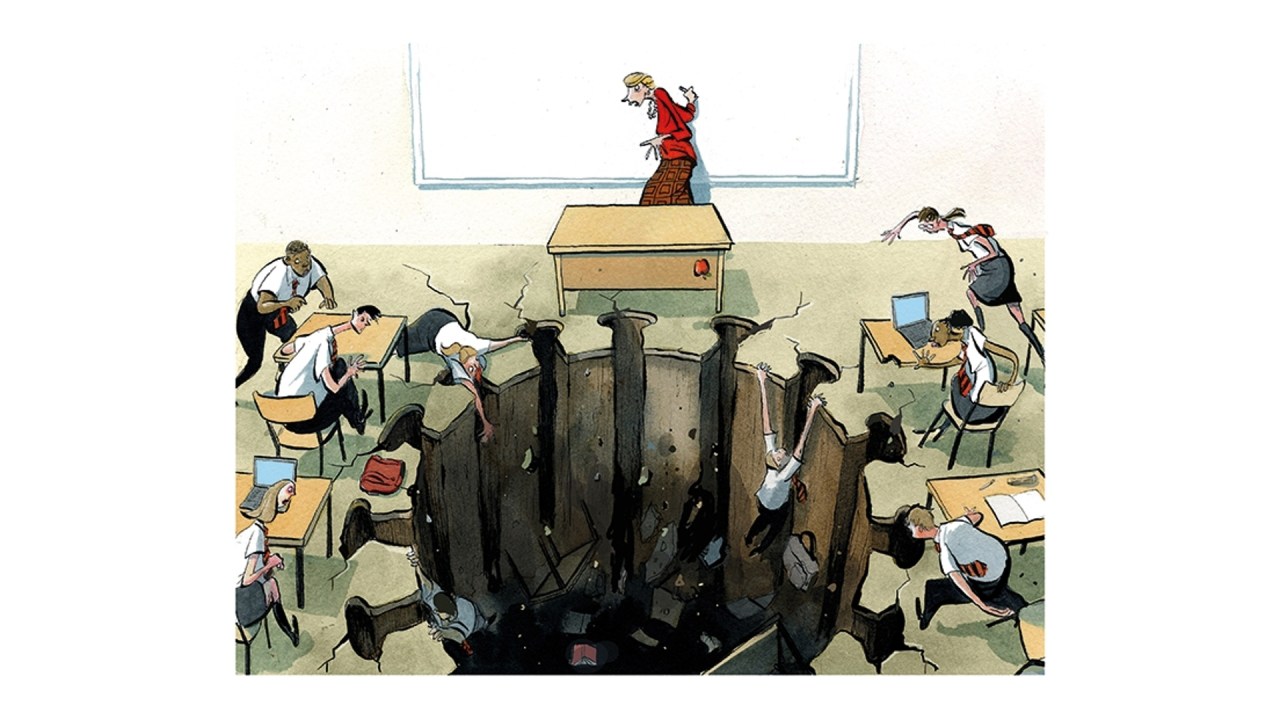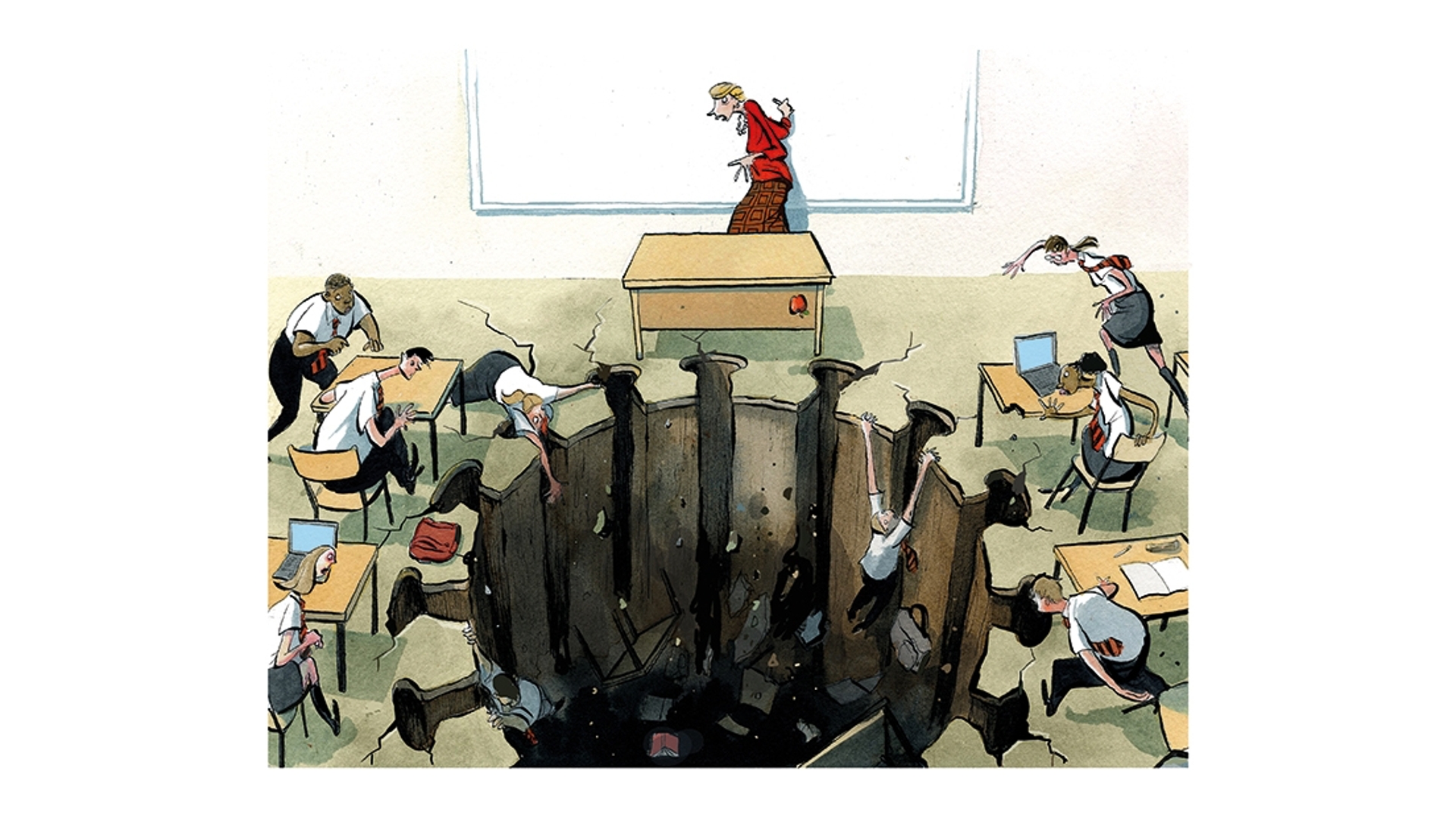Will schools in England reopen on 8 March, and if so will it be partially or fully? It is likely to be the first firm measure to be announced when the Prime Minister presents his roadmap back to freedom next Monday. He has, after all, promised to give schools two weeks’ notice of when they will be expected to reopen, so he will be forced into a decision on 22 February.
It was only six weeks ago that Boris Johnson was resisting calls to close schools and was reportedly the last cabinet minister left arguing that they should remain open. The rationale of those arguing for closure was that they had not been closed during the November lockdown, and that that lockdown had not been sufficient to bring cases of new infections under control. While children are much less likely to suffer the ill-effects of Covid 19, opinion remains divided on how important they are for the spread of the disease. A review of the evidence available published in the Lancet Child Adolescent Health last May showed just how little policymakers had to go on at the beginning of the crisis. Things have not become a lot clearer since.
If the government is looking for hard evidence of whether or not it is safe to reopen schools, it isn’t going to find it
A widely-reported new study by Warwick University feeds into that debate. It looked at Covid infections in schools and in the community between September and December last year, when Covid infections were rising, restrictions gradually tightened to the point of national lockdown in November — but when schools remained open throughout.
It finds that school absences rose steadily from September onwards. However, when the November lockdown started, cases among teachers started to fall straight away and continued to fall throughout November. This was especially true in areas which had been under Tier 3 restrictions. Cases among secondary school children, by contrast, continued to rise for the first two weeks of November before falling back from the next two weeks. Over the whole period, absences of secondary school children were significantly higher than those of primary school children.
In December, when the second lockdown was lifted, there was a large increase in cases in schools in London and the South East — which was presumably the effect of the new variant. Overall the study found a correlation between cases in the community and cases in schools ‘and weak evidence that schools lag behind cases in the surrounding community’. The authors conclude that ‘there is not sufficient evidence to suggest that schools are playing a significant role in driving spread in the community and that careful monitoring may be required as schools reopen to determine the effect associated with open schools upon community incidence.’
In other words, if the government is looking for hard evidence of whether or not it is safe to reopen schools, it isn’t going to find it in this report. As with so many decisions during this pandemic, the government may be inclined to try to ‘follow the science’ but find itself groping around in the dark.








Comments